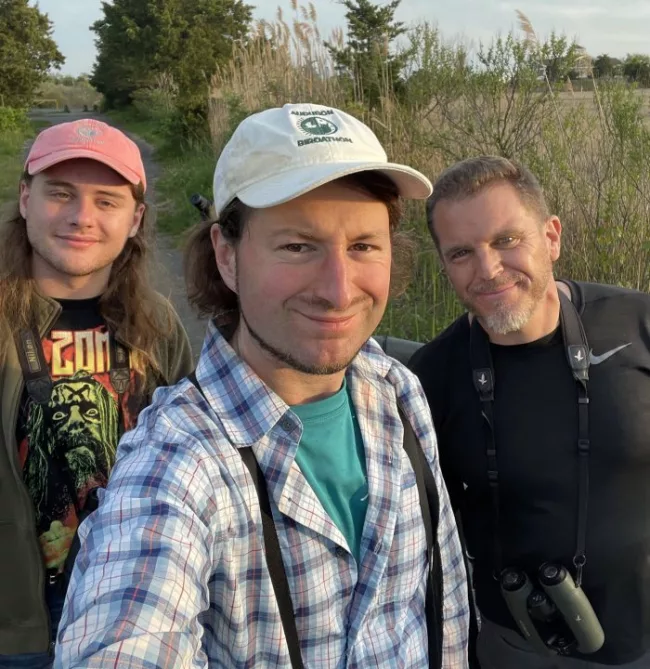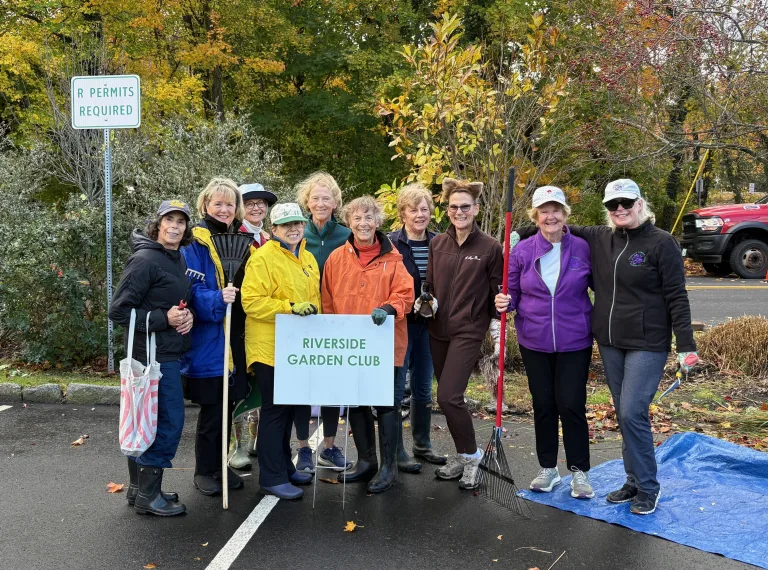
By Ryan MacLean
When you think “wilderness,” Connecticut doesn’t often come to mind. But our state has over 200,000 acres of open space filled will natural wonders. There’s no better ambassadors for these spaces than the birds that not only live here but also use our state as a stopping point twice a year. Migration is not only the most exciting time to go outside and find birds, but also a stark reminder that these birds face unprecedented perils in a changing world.
It is for these reasons that Audubon CT-NY spends one week each year encouraging people to go out and enjoy birds while fundraising for conservation. This celebration is known as Birdathon, where birders form teams to find as many birds as possible in twenty-four hours. While this “competitive birding” has taken many forms, there is no more crucial time than now to use this as a conservation action tool. Over three billion birds have been lost in the past fifty years due to climate change, habitat loss and other human-made causes. One billion birds each year are killed by collisions with windows and other glass surfaces, especially during migration.
With the stakes higher than ever, Greenwich Audubon participated again this year by holding our Big Day on May 12th. I was joined by two individuals who have visited the Greenwich Audubon Center since a young age, Brian O’Toole & Brian Donovan. We met in parking lot to carpool in our most eco-friendly vehicle to embark on a journey through our state to tally as many bird species as possible, all while sharing updates on our social media pages to promote our fundraiser.
The nocturnal hours aren’t just for birds such as owls, but also secretive marsh birds known as Rails. At 1 a.m. our first bird species was a species of rail called a Sora, who cried from a cattail marsh with a rapid whistle. As we headed northward we were greeted by Barred Owls caterwauling through the woods until eventual daybreak.
By the first light of dawn we were just a mile south of the Massachusetts border, hearing a sound that once filled Greenwich’s woods. The sound was coming from a Ruffed Grouse! This bird defends its territory by rapidly beating its wings to press wind against its chest, creating a “drumming” sound as intense as a revving lawn mower. Fifty years ago this species was common in Greenwich, but with climate change not only warming our temperatures but changing the makeup of our habitats, this species is just one example of many that have had to retreat north–now, in order to find this once common bird, you have to venture to the farthest reaches of our state.
The magic of daybreak’s dawn chorus of singing birds brought our list to nearly 60 species by 6 a.m.. The majority of songbirds migrate at night using the stars as their GPS, so by daybreak these birds are seeking the first suitable “hotel” to check into after what for many of them is a journey of thousands of miles from Central or South America. Colorful warblers were singing from the tops of trees as we ventured southward through Kent & Litchfield CT.
However, it’s not just forests that need to remain intact for birds. Audubon’s reports show a 43% population decline in species reliant on grasslands alone. This is why when we reached an open field it was abuzz with species such as Bobolinks, Eastern Meadowlark and American Kestrel. As these spaces have become more fragmented, so have the amount of these bird species.
By 10 a.m. we already had found 100 species and had not even reached the Long Island Sound coast. While the woodlands function as a hotel for migrant songbirds, the coastlines of Connecticut are a crowded airport terminal for shorebirds like sandpipers who seek any open expanse of beach to rest as they fly from Argentina to the Arctic. Along the shores of Stratford and east to Madison, these birds scurried the coastline. In salt marshes, species such as Seaside Sparrow sang from the grass. It is these marshes that are not only our most fragile ecosystem for birds, but also for us as they act like sponges to protect us from rising water levels.
By nightfall the magical sound of Whip-Poor-Wills, another species long vanished from Greenwich, serenaded us and we ended with 161 species of birds. Each one served as a reminder of not only the beauty of our state but what we stand to lose if we don’t protect the places they need.
Our Birdathon fundraiser continues through May 16 and anyone interested in supporting these efforts can visit: https://p2p.onecause.com/birdathon2025/team/greenwich-goshawks
Ryan MacLean is the Bird Education Specialist at the Greenwich Audubon Center, and has a passion and knowledge of birds not easily rivaled. In addition to the Greenwich Audubon Center, he participates in many local birding clubs, organizations, and societies.





